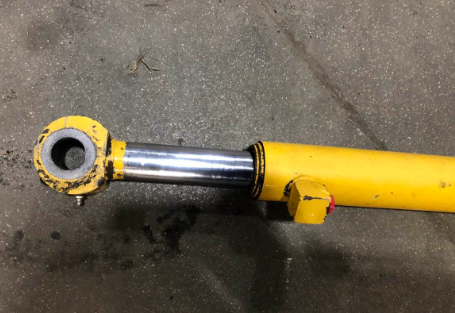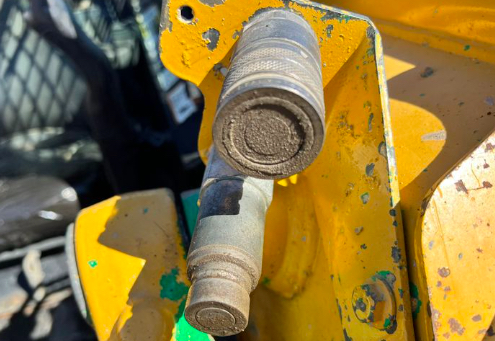John Deere CT322 hydraulic problems can be daunting to diagnose and fix, but this comprehensive guide simplifies the process. We'll walk you through the steps of identifying and resolving these issues so you can keep your machine running smoothly. With the help of this guide, you'll be able to identify and resolve common John Deere CT322 hydraulic problems quickly.
👀Look at this: John Deere Kohler Engine Problems
Troubleshooting John Deere CT322 Hydraulic Problems Efficiently

Faulty hydraulics can be a huge headache for John Deere CT322 owners, but diagnosing and resolving these issues doesn't have to be a long and complicated process. With this guide, you'll learn how to quickly identify and resolve common John Deere CT322 hydraulic problems efficiently. We'll cover everything from recognizing the symptoms of hydraulic failure to preventive maintenance tips so you can keep your machine running smoothly.
| Problem | Diagnosis | Solution |
|---|---|---|
| Low oil pressure | Check the oil level, examine the filter, and inspect the pressure relief valve. | Top the oil, replace the filter, or adjust the pressure relief valve. |
| Oil leaks | Inspect all fittings, lines, and seals for signs of wear and tear. | Replace any worn or damaged components. |
| Noisy pump | Check the pump for signs of wear and tear, such as cracks or fraying. | Replace the pump if necessary. |
Sticking Spools
Sticking spools are one of the most common John Deere CT322 hydraulic problems. This issue can be caused by the spool sticking in the open position due to a buildup of dirt and debris or a malfunctioning solenoid valve. To diagnose the issue, check for any visible blockages in the valve and examine the solenoid for signs of damage. Clean or replace the spool valve or solenoid to resolve the issue if necessary. John Deere CT322 hydraulic problems, such as sticking spools, can be quickly identified and resolved with the help of this guide.
📢Read also: John Deere Overheating Problems
Leaking Hydraulic Fluid
Leaking hydraulic fluid is another common issue with John Deere CT322 tractors. This can be caused by various issues, including a cracked or damaged hydraulic hose, a faulty gasket, or a worn seal. To diagnose the source of the leak, inspect the hoses, seals, and gaskets for signs of damage or wear. If necessary, replace any damaged parts to resolve the issue. With the help of this guide, you'll be able to identify and resolve John Deere CT322 hydraulic problems, such as leaking hydraulic fluid.
Key Takeaways for Troubleshooting John Deere CT322 Hydraulic Problems
- Identify common John Deere CT322 hydraulic problems, such as low oil pressure, leaks, noisy pumps, and sticking spools.
- Check the oil level, examine the filter, inspect the pressure relief valve, and inspect all fittings, lines, and seals for signs of wear and tear.
- Check the pump for signs of wear and tear, such as cracks or fraying, and examine the solenoid for signs of damage.
- Clean or replace the spool valve or solenoid and replace any worn or damaged components.
- Replace the pump if necessary and replace any damaged parts to resolve the issue.
- Keep your machine running smoothly with preventive maintenance tips.
Resolving John Deere CT322 Hydraulic Problems: An Overview
John Deere CT322 hydraulic problems can be a hassle to diagnose and resolve, but they can be quickly addressed with the right knowledge and tools. This guide discussed common issues and preventive maintenance tips to keep your machine running smoothly. By regularly checking the oil level, inspecting the filter, valves, and seals, and maintaining the pump and solenoid, you can identify and resolve any John Deere CT322 hydraulic problems. With this valuable information, you can confidently troubleshoot and resolve any John Deere CT322 hydraulic system issues.
👀Look at this: John Deere Trail Buck Problems
